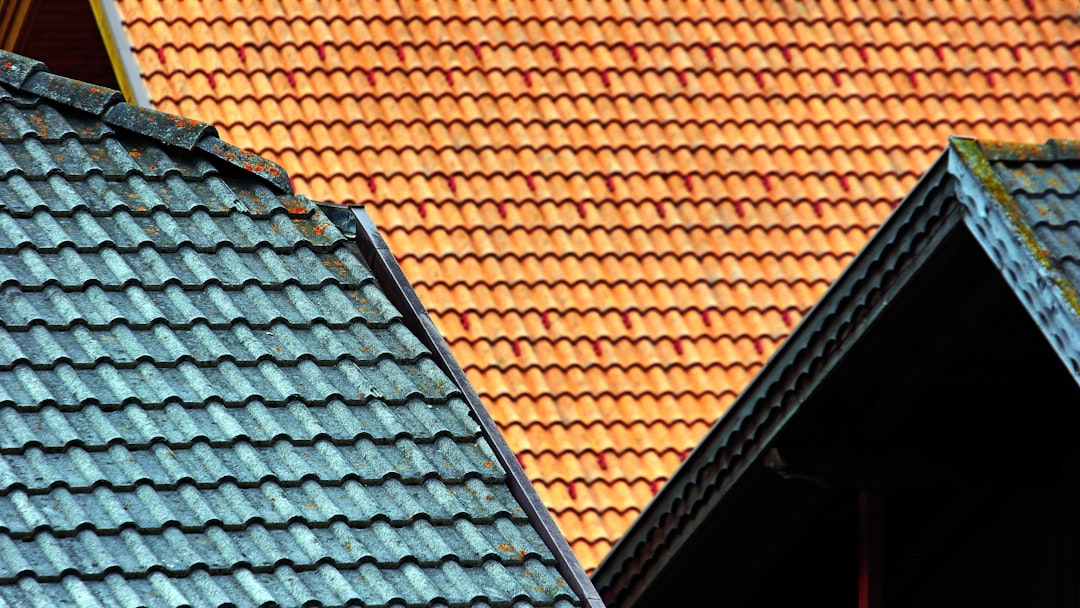
Whenever the sun hits your roof and the light is mirrored back to the sky, a phenomenon known as the “heat-island effect” occurs in cities, and this is detrimental to the atmosphere. Hence, one of the ways you can help contribute to environmental preservation is by using an eco-roof.
When buying an eco-friendly roof, these are the most common materials that you will find, along with how environmentally friendly each one is:
Wood
Though very popular for a time, wood is not considered a sustainable option anymore due to the fact that conventional wood shingles are made from old-growth trees. Must you use wood shingles, however, make sure it’s made from reclaimed or FSC-certified lumber. And keep in mind that wooden roofs are highly combustible and even disallowed in several areas around the country.
Tile
Mostly clay or slate, tile is made using natural material and boasts extreme durability. However, mining and transportation of tile requires huge amounts of energy. The material does impress with its longevity and is made in lighter colors, which enables a roof to reflect rather than absorbing light. Moreover, it is easy to recycle tile and clay tiles, in particular, can help with ventilation. These curved, high-density tiles are very popular in warm climates as they help stop cool air from leaking out.
Metal
If you live in a dry climate and usually collect rainwater from your roof for household use, metal, a highly durable and fire-resistant material, might just be your best choice. The risk of chemicals leaching into the water is minimized. Although metal is not a cool roofing material itself, you can paint it with a light color and reflective coating to enhance its cooling properties.
Asphalt Shingles
Typical asphalt shingles are petroleum-based products, which means they need a lot of energy to make. With asphalt shingles being the most cost-effective material these days, however, such a negative can be canceled off with the use of 40 or 50 year-rated shingles or recycled shingles, as manufactured from recycled waste materials (for example, rubber, plastic, etc.). Recycled asphalt shingles are even the most planet-friendly roofing material available at present, because using them means huge volumes of non-biodegradable waste will not find their way to the landfill, and there is no need to spend energy to process or extract raw materials.
For a greener asphalt shingle roof, use light-colored shingles that control light reflection and make a “cool” roof. You can also install radiant heat barriers to improve insulation, as initial rainwater catchment systems deliver the water into your garden.
